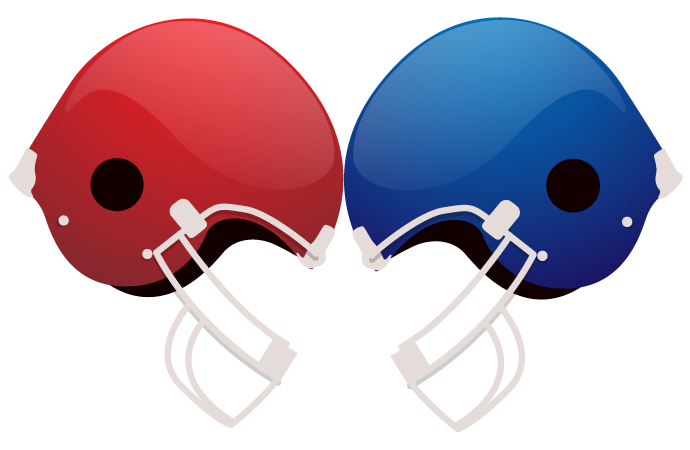-
Josh Weinfuss, ESPN Staff WriterAug 9, 2023, 04:42 PM ET
Close- Josh Weinfuss is a staff writer who covers the Arizona Cardinals and the NFL at ESPN. Josh has covered the Cardinals since 2012, joining ESPN in 2013. He is a member of the Pro Football Writers of America and a graduate of Indiana University. You can follow him via Twitter @joshweinfuss.
GLENDALE, Ariz. — Arizona Cardinals running back Marlon Mack, who signed with the team on Friday, will miss the rest of the season with an Achilles injury, coach Jonathan Gannon said Wednesday.
Mack, 27, suffered the injury to his left Achilles midway through Tuesday’s practice and did not return. He tore his right Achilles early in the 2020 season, when he was with the Indianapolis Colts.
Gannon was Indianapolis’ defensive backs coach that year as well.
“Terrible,” said Gannon, when asked how he felt about Mack’s injury.
Gannon declined to go into the conversations he’s had with Mack since the injury.
After his first practice with the team on Saturday, Mack said he hoped to show the Cardinals enough to make the 53-man roster and that he felt like a “deer” on the field with fresh legs.
After his first five seasons with the Colts, Mack spent last season with the San Francisco 49ers and the Denver Broncos, totaling 185 rushing yards and a touchdown in eight games.
Overall, he’s rushed for 2,568 yards and 21 TDs in six seasons. He’s also caught 65 career passes for 547 yards and three more scores.


